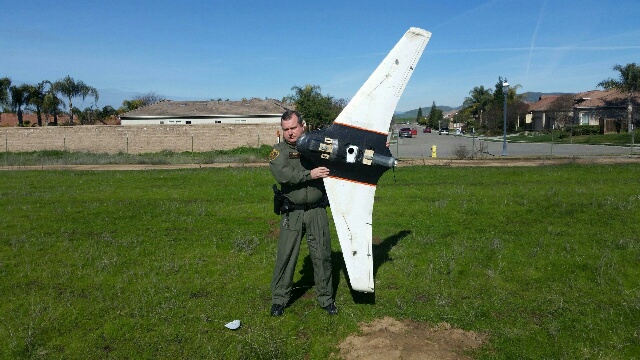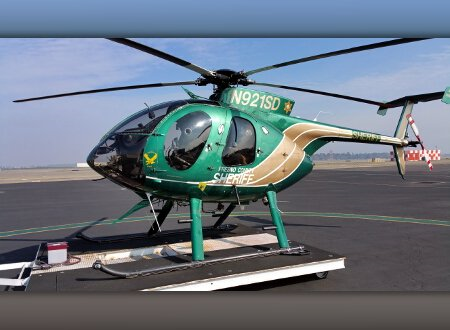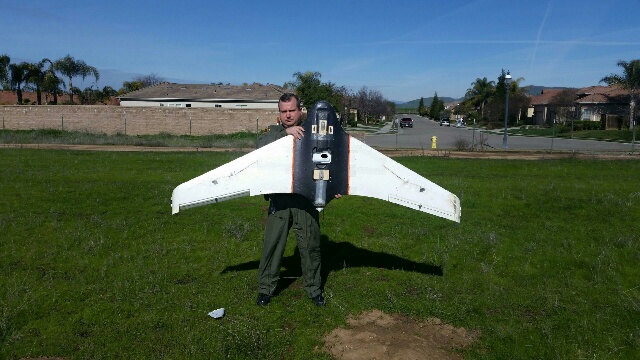(KMJ) Fresno – A near-miss between a Fresno County Sheriff”s helicopter and a drone.
Eagle One almost struck the drone – pictured above – in the air.
The helicopter pilot was flying towards Shaver around noon on Wednesday, when he spotted what looked like a bird in the air space over Shepherd and Carson, in Clovis.
The large bird turned out to be a drone, and the pilot said it flew over the top of the helicopter – missing Eagle One by 20 feet.
“You can imagine a helicopter doing 120 miles an hour, and you have something like that approaching – the two can meet very quickly, not to mention you don’t know what that operator on the ground is doing, what direction they might take.” – Fresno County Sheriff’s Spokesperson Tony Botti.
Fresno County Sheriff’s Spokesperson Tony Botti says the drone created a very dangerous situation for the crew: “It was like a model airplane – with a six to ten foot wingspan, it was pretty big – so obviously something like that hitting a rotor on our aircraft could potentially cause it to crash.”
The pilot of the drone said he was out taking photos of the area when the whole thing took place.
He cooperated with the deputies and was not cited.
The drone was not registered with the FAA, and it’s now up to the agency to decide if they will take any action.
In California, drone laws are a murky subject.
It mostly depends on if you are flying just for fun, or to make money.
All commercial drone operators must be licensed pilots — an FAA rule that has significantly limited opportunities to make money on aerial photography.
A close-up of the house a realtor is trying to sell is OK, but buzzing low over a bystander’s head or venturing into a backyard five houses down, is not OK.
The rules surrounding hobby drone flight are much looser.
The FAA requires recreational drone users to follow common sense safety guidelines, such as those developed by the Academy of Model Aeronautics – meaning the drone should be flown below 400 feet, within line of sight, and not over unprotected people or vehicles.
The hard line rule that both commercial and recreational operators must follow is that unmanned aircraft must not interfere with manned airplanes or airport operations.









